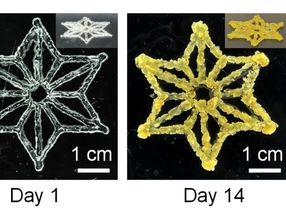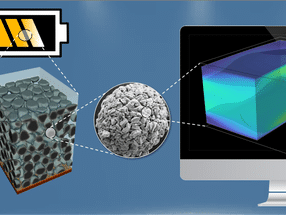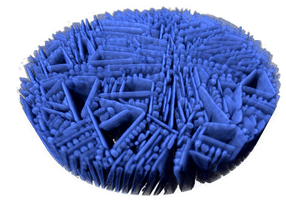Indications that styrene has a tumorigenic effect in humans
Results of experimental research at BfR are of importance for the reassessment of this existing substance
Styrene is a liquid which is mainly used in the production of plastics. After inhalation of styrene, tumours form in the lungs of mice. The substance styrene oxid is formed in the cells of the lung tissue under the influence of specific enzymes. Up to now, these enzymes have not been detected in rats, nor has styrene oxid or the tumours described in mice. So far it has been assumed that the enzymes required for the conversion of styrene to styrene oxid are not present in humans either or are not present in sufficient amounts to permit the Formation of tumours. Results from experimental research at the Federal Institute for Risk Assessment (BfR) seem to indicate that this assumption may be wrong. Scientists there have succeeded in detecting the enzymes involved in styrene conversion in human lung tissue, too, which have an effect comparable to that of the mouse. The tumorigenic styrene oxid could, therefore, also be formed in the human lung. "The BfR research results are likely to be of major relevance to the current review of the health impact of styrene in the field of industrial manufacturing, too", says BfR President Professor Dr. Dr. Andreas Hensel.
Styrene is one of the so-called "existing substances". What this means is that it was already on the market prior to the entry into force of the Chemicals Act and has not, therefore, undergone the registration procedure required today including the necessary toxicological tests. That's why existing substances, including styrene, are currently being reviewed on the European level. Whether or not a substance constitutes a risk to health depends on the degree of contact with that substance in addition to its harmfulness. The chemical itself may not necessarily be "toxic". Its metabolites - substances formed during the conversion of the chemical in the body - may also trigger toxic effects. In the body chemicals are broken down with the help of specific enzymes. They also determine the nature of the degradation process. In this process the enzymes of the cytochrome P450 (CYP) family play a key role. Their occurrence and activity vary considerably not only between test animals and humans but also between individual humans.
One major contributory factor to tumorigenic action in mice is the conversion of styrene to the toxicologically active degradation product styrene oxid in the lung. This is done with the help of two enzymes of the CYP family. Studies on styrene by the manufacturing industry had indicated that this enzyme is not present in the human lung. The results of a research project conducted by BfR and the Emil von Behring Clinic in Heckeshorn in a large number of human lung samples now indicate the contrary: both enzymes can be detected in the human lung.
These research results are an important element in the current risk assessment of styrene. The occurrence of the two CYP enzymes responsible for the conversion of styrene to styrene oxid is an indication that a tumorigenic effect is also possible in humans. The question whether the enzymes occur at a level which is sufficient for the formation of tumours cannot be definitively answered on the basis of the available data.
Most read news
Other news from the department science

Get the chemical industry in your inbox
From now on, don't miss a thing: Our newsletter for the chemical industry, analytics, lab technology and process engineering brings you up to date every Tuesday and Thursday. The latest industry news, product highlights and innovations - compact and easy to understand in your inbox. Researched by us so you don't have to.


























































